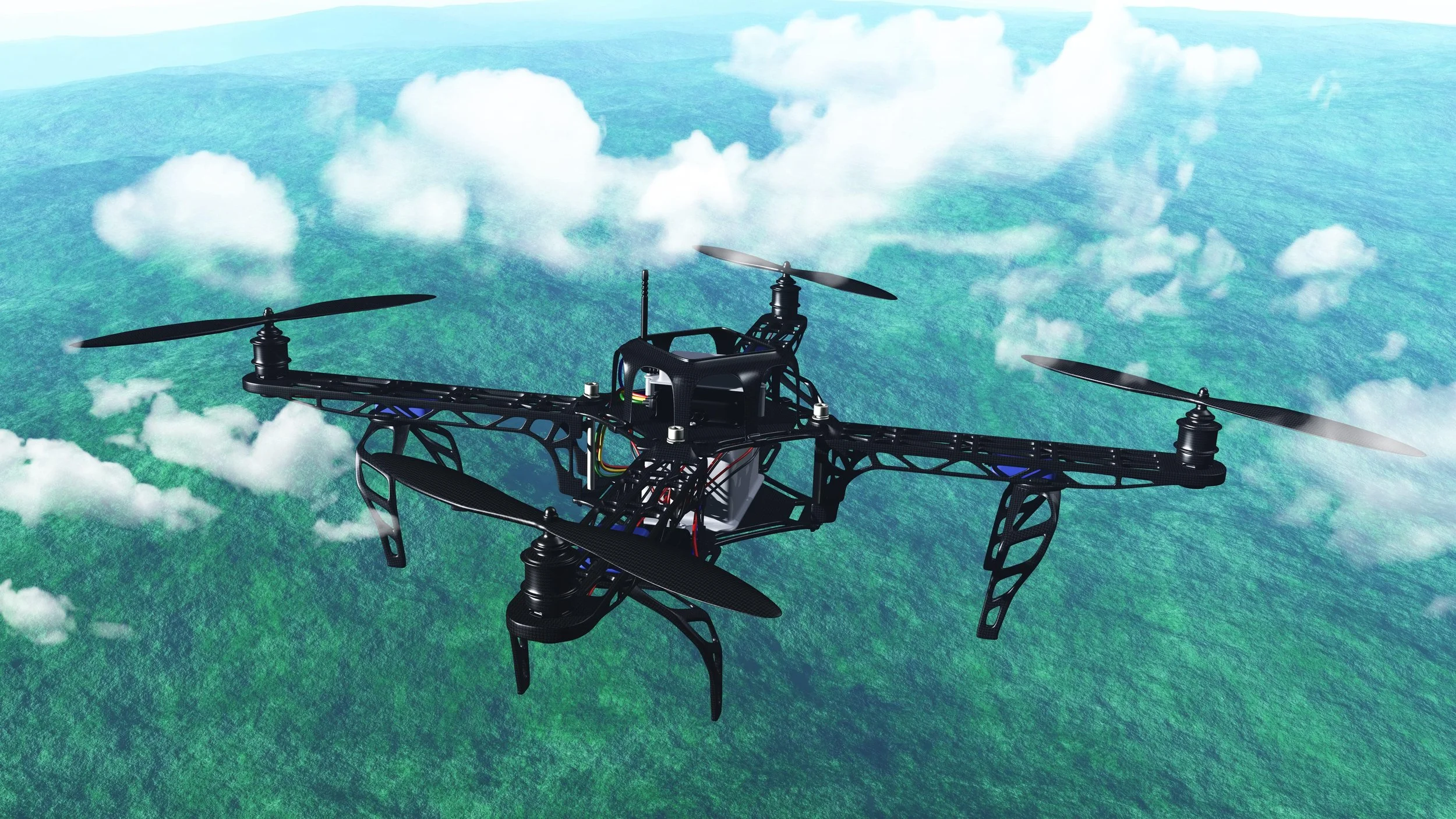The Future of Airspace: How Drones Are Reshaping Air Traffic Control in 2024
Image by AC works Co., Ltd. from Pixabay
The rapid proliferation of drones is transforming the skies, creating both opportunities and challenges for air traffic management. In 2024, as drones become integral to industries like logistics, agriculture, and public safety, the need for a robust and adaptive air traffic control (ATC) system has never been more critical. Traditional ATC systems, designed for manned aircraft, are being reimagined to accommodate the growing number of unmanned aerial vehicles (UAVs) sharing the airspace. At Raising Drones, we’re exploring how this evolution is shaping the future of airspace management and what it means for businesses and regulators alike.
The Drone Boom: A New Era for Air Traffic
The global drone market is soaring, with projections estimating it will reach $54.6 billion by 2025, according to a 2023 report by Grand View Research. This growth is driven by the increasing use of drones for commercial applications, from package deliveries and infrastructure inspections to emergency response and precision agriculture. However, as more drones take to the skies, the risk of collisions, airspace congestion, and regulatory challenges grows.
In 2024, the integration of drones into national airspace systems is a top priority for aviation authorities worldwide. The Federal Aviation Administration (FAA) in the United States and the European Union Aviation Safety Agency (EASA) are leading efforts to develop frameworks that ensure safe and efficient coexistence between drones and manned aircraft.
Unmanned Traffic Management (UTM): The Backbone of Drone Integration
To address the complexities of drone operations, Unmanned Traffic Management (UTM) systems are being developed. UTM is a digital, automated framework that enables the safe and efficient management of drone traffic at low altitudes, typically below 400 feet. Unlike traditional ATC, which relies on human controllers, UTM leverages advanced technologies like artificial intelligence (AI), machine learning, and real-time data sharing to coordinate drone movements.
In 2024, UTM systems are being tested and deployed in various regions. For example, NASA’s UTM project in the U.S. has partnered with companies like Google Wing and Amazon Prime Air to conduct large-scale trials in urban and rural areas. Similarly, the European Union’s U-Space initiative is creating a standardized UTM framework across member states, enabling seamless cross-border drone operations.
Key Features of UTM Systems
1. Real-Time Tracking and Monitoring: UTM systems use GPS and other sensors to track drone locations in real-time, ensuring they stay within designated flight paths and avoid restricted areas.
2. Conflict Detection and Resolution: AI algorithms analyze flight data to predict potential conflicts and suggest alternative routes to prevent collisions.
3. Weather and Environmental Data Integration: UTM systems incorporate weather forecasts and environmental data to help operators make informed decisions and avoid hazardous conditions.
4. Automated Communication: Drones and UTM systems communicate seamlessly, sharing information about flight plans, airspace restrictions, and emergency situations.
Urban Air Mobility (UAM): A Game-Changer for Cities
One of the most exciting developments in 2024 is the rise of Urban Air Mobility (UAM), which envisions a future where passenger drones and air taxis operate alongside traditional aircraft in urban environments. Companies like EHang, Volocopter, and Joby Aviation are at the forefront of this revolution, developing electric vertical takeoff and landing (eVTOL) vehicles for short-distance travel.
However, integrating UAM into existing airspace requires significant advancements in ATC and UTM systems. For instance, in Dubai, EHang has conducted successful test flights of its autonomous air taxis, with plans to launch commercial services by 2025. Similarly, in Singapore, the government is working with Volocopter to integrate UAM into its public transportation network, using UTM systems to manage air traffic in densely populated areas.
Regulatory Challenges and Solutions
As drones and UAM vehicles become more prevalent, regulators face the challenge of balancing innovation with safety. In 2024, governments are updating aviation laws to address the unique needs of drone operations. For example, the FAA has introduced Part 107 rules for commercial drones, requiring operators to obtain licenses and adhere to specific flight restrictions.
In Europe, EASA’s U-Space regulations mandate that all drones be equipped with remote identification (Remote ID) systems, enabling authorities to track and identify UAVs in real-time. These measures are crucial for ensuring accountability and preventing unauthorized drone activities.
The Role of AI and Automation
Artificial intelligence and automation are playing a pivotal role in reshaping air traffic control for drones. AI-powered systems can process vast amounts of data in real-time, enabling faster decision-making and reducing the workload on human controllers. For example, AI algorithms can predict traffic patterns, optimize flight routes, and detect anomalies, such as drones flying in restricted areas.
In 2024, companies like AirMap and ANRA Technologies are developing AI-driven UTM platforms that provide end-to-end solutions for drone operators, from flight planning to post-flight analysis. These platforms are helping businesses streamline operations while ensuring compliance with regulatory requirements.
The sky is no longer the limit—it’s the beginning of a new frontier. Are you ready to take flight?
Sources:
- Grand View Research, "Global Drone Market Report 2023"
- Federal Aviation Administration (FAA), "Part 107 Rules for Commercial Drones"
- European Union Aviation Safety Agency (EASA), "U-Space Regulations for Drone Operations"
- NASA, "Unmanned Traffic Management (UTM) Project"
- EHang, "Urban Air Mobility Initiatives in Dubai"
- Volocopter, "UAM Integration in Singapore"
- AirMap and ANRA Technologies, "AI-Driven UTM Platforms"
- Joby Aviation, "Electric Vertical Takeoff and Landing (eVTOL) Vehicles"
- Google Wing and Amazon Prime Air, "Large-Scale UTM Trials in the U.S."

